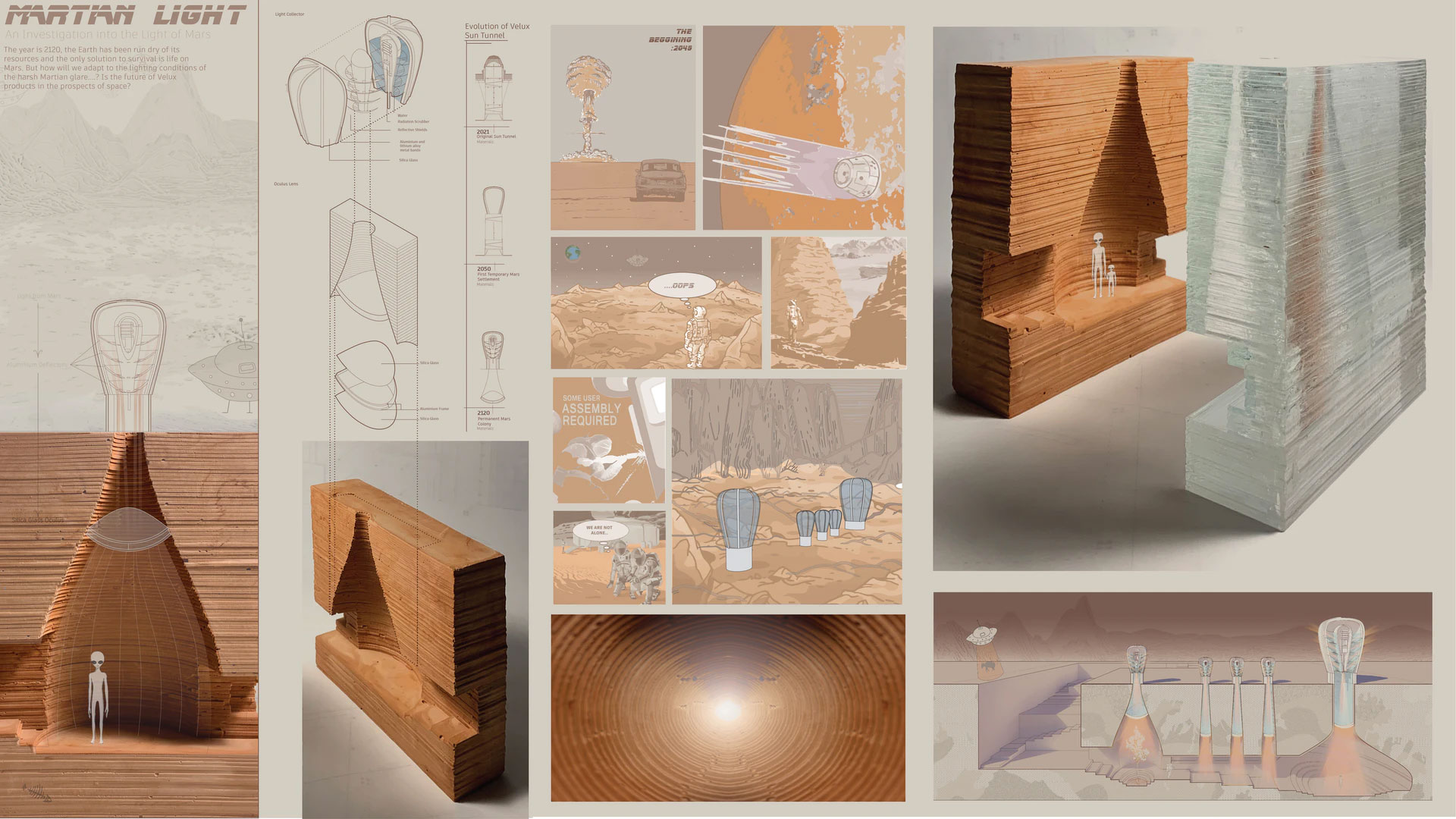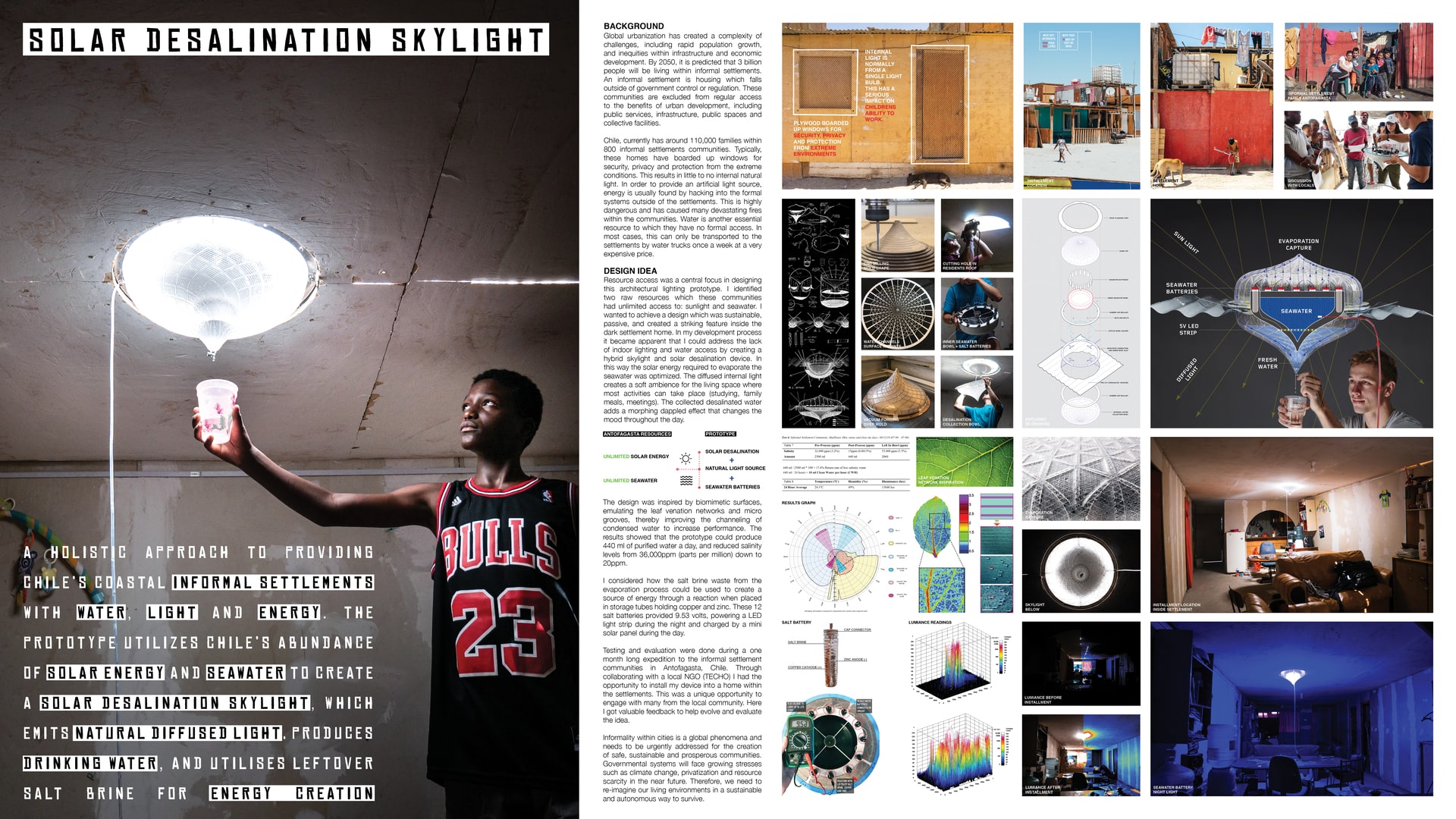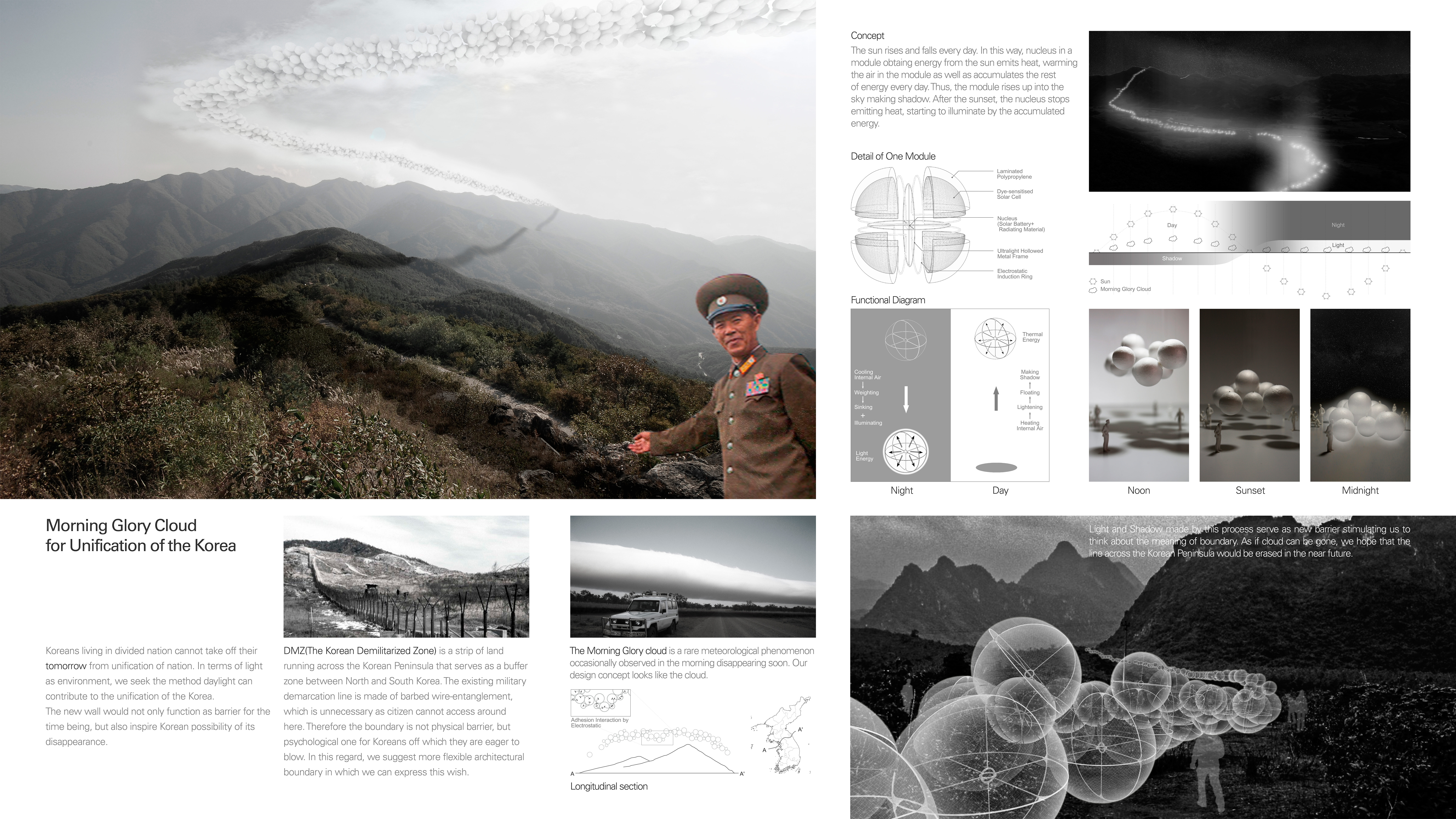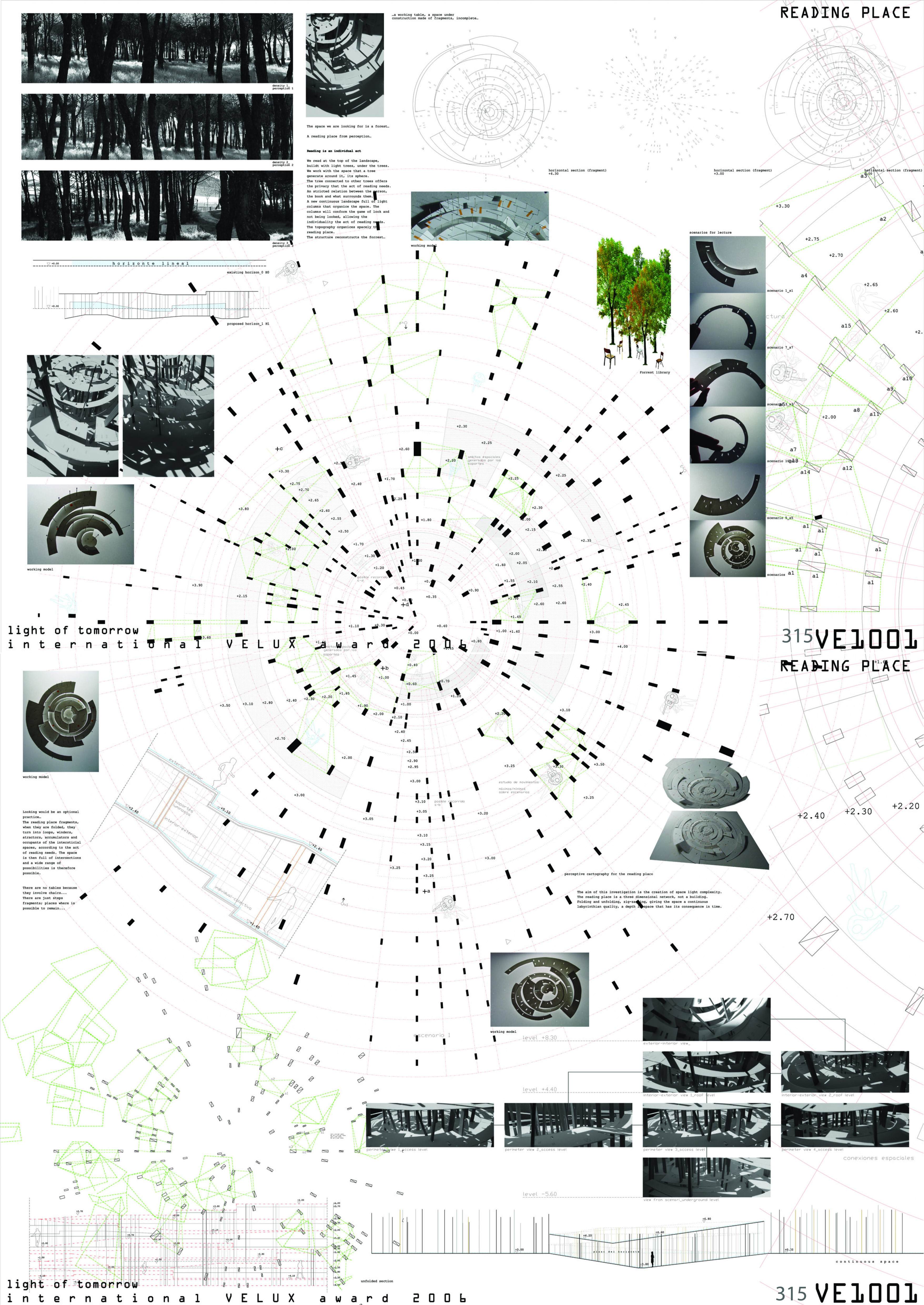Light, Environment, and better health

Category
Daylight investigations - Region 3: The Americas
Students
Xinrui Cai
School
Ryerson University
Country
Canada
Download
Download ↓
Plastic waste is a significant environmental issue for our generation. Over 14 million tons of plastic end up in the ocean each year. Plastic bags and flexible packing are silent killers to whales, dolphins, turtles, seabirds, and other wildlife across the globe, and each year at least 100 million sea animals die from plastic waste alone.
This design aims to use bio-based material to build plastic-eating “lighthouses” on the ocean. Seawater is a renewable energy source that conducts electricity on site. Researchers have found Oyster mushroom has the capacity for decomposing plastic while still creating nutritious edible mushrooms.
Mycoremediation is a natural process that fungi used to degrade or isolate contaminants in the environment. Scientist believes this natural recycling system can provide cost-effective and eco-friendly solutions to reduce plastic pollution. It can turn plastic waste into safe and high-protein food for plants and animals.
The “ocean lighthouse” can naturally glow in the dark while providing enough light to guide people through the sea. Each device functions as a natural filter for removing harmful plastic pollutants from the ocean. As the number of ‘ocean lighthouses’ increases throughout the year, those devices can benefit the ecosystem by reducing ocean dead zones and increasing biodiversity.

































